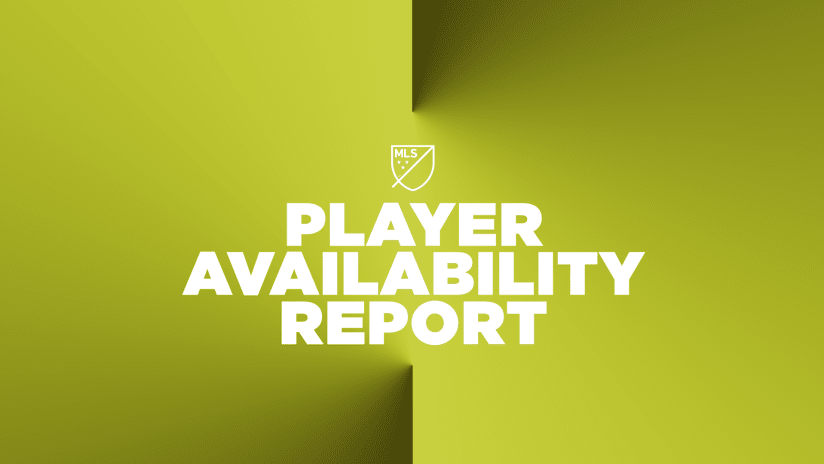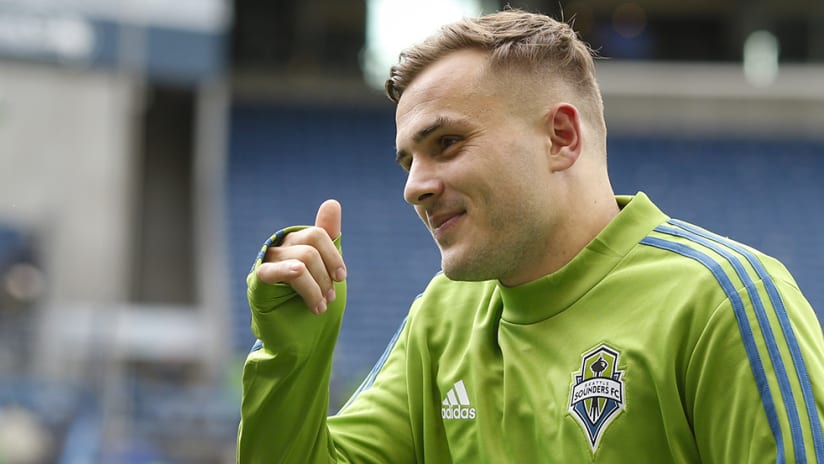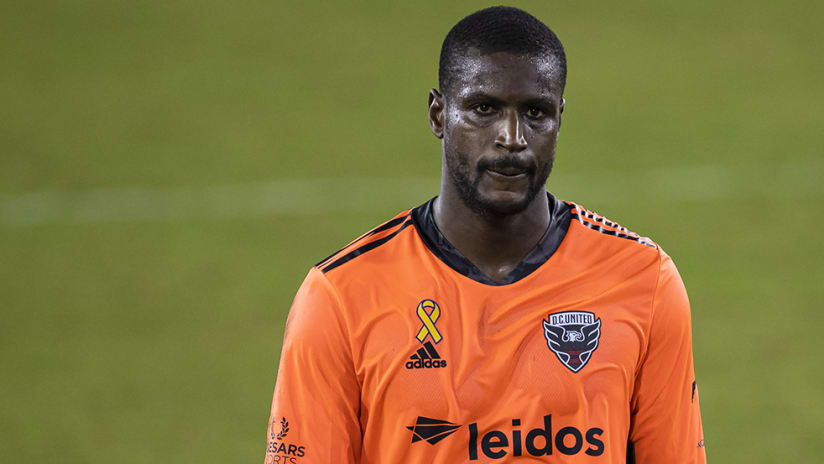MONTREAL – No wonder Bill Hamid made a face.
Justin Mapp didn’t just dislocate his elbow on Saturday in Montreal’s 1-0 loss at D.C. United, he also fractured it. A surgery is scheduled for this Thursday, and Mapp could be out of action for four months, the Impact confirmed on Tuesday night.
Addressing Mapp’s absence was likely a concern of head coach Frank Klopas’ even before the injury, however. Mapp picked up two cautions in the CONCACAF Champions League quarterfinals against Pachuca, ruling him out of the first leg of the semis against Alajuelense, next Wednesday (8 pm ET; Fox Sports 2).
Klopas has several options to choose from ahead of March 18: Dilly Duka, Dominic Oduro, Ignacio Piatti, Andres Romero, Blake Smith and Maxim Tissot can all play as wide midfielders in Montreal’s 4-2-3-1 formation. Eric Alexander also can, but he is cup-tied in CCL after playing for the New York Red Bulls in the group stage last fall.
“Romero is coming back [from his quad injury] – I would assume that he’s probably back training with the team by the end of the week,” Klopas told reporters on Tuesday. “You can put Oduro out wide. You can put Tissot out wide. We do have some options. It’s hard to replace a guy like Justin, and the thing is it’s [only been] one game. … But situations like that, with the changes we’ve made, are why we try to create some depth, but quality depth in every spot. Those guys are ready. They can step in there and play.”
Mapp’s suspension posed an interesting challenge that applies to the longer term since the injury. Mapp is at his best cutting inside from the right onto his favored left foot, and Montreal’s other left-footed options – Piatti, Smith and Tissot – aren’t so used to playing that position.
Many scenarios are still possible, including moving Duka to the other flank – he’s a regular on the left, but he has played on the right before.
“If you put Dom [Oduro] out there, you’ve got to play a little different, it depends,” Klopas said. “If a team plays higher on the pitch, you can use him because of his pace. Tissot, he’s going to come in, but he actually has a very good service and he provides a little more width on the field – he’s not one of those guys that comes inside as much as Justin or Dilly.
“They’re more guys that will take your baseline, but then you expect guys to get in the box, because you know there’ll be good service getting in there.”
And the midfielder selection may alter what is asked of the outside backs as well. Against Pachuca, Montreal chose Duka and Mapp as wide midfielders who mostly tried to cut in on the counter. Behind them, Klopas explained, Donny Toia and Victor Cabrera had to remain conservative as a response to the opponents’ pace and quality in transition.
- Find more Impact news and notes at ImpactMontreal.com
Toia and Cabrera are new to Montreal, but their play felt familiar; in 2014, the Montreal full backs were generally cautious. That season, three outside backs won more than 10 starts: Hassoun Camara, Krzysztof Krol and Eric Miller. Looking at statistics for passes in the final third per 90 minutes, all three were under the league average of 10.87 passes for outside backs with at least 1,000 minutes played (10.47 for Camara, 9.74 for Król and 7.76 for Miller).
The Montreal outside backs do have license to help out in the final third, Klopas said. But they have to pick their moments.
“In this game, we always talk about keeping our shape and preventive coverage,” Klopas said. “We want to make sure that we go forward and attack. I want the full backs to get forward, but they have to do it in a smart and tactical way when the opportunity’s there — in a switch of play, when there’s movement, when you can create 2-v-1 situations.
“We have outside backs that, when we need them to defend, they can, and when we need them to get forward and attack, I think they can.”












